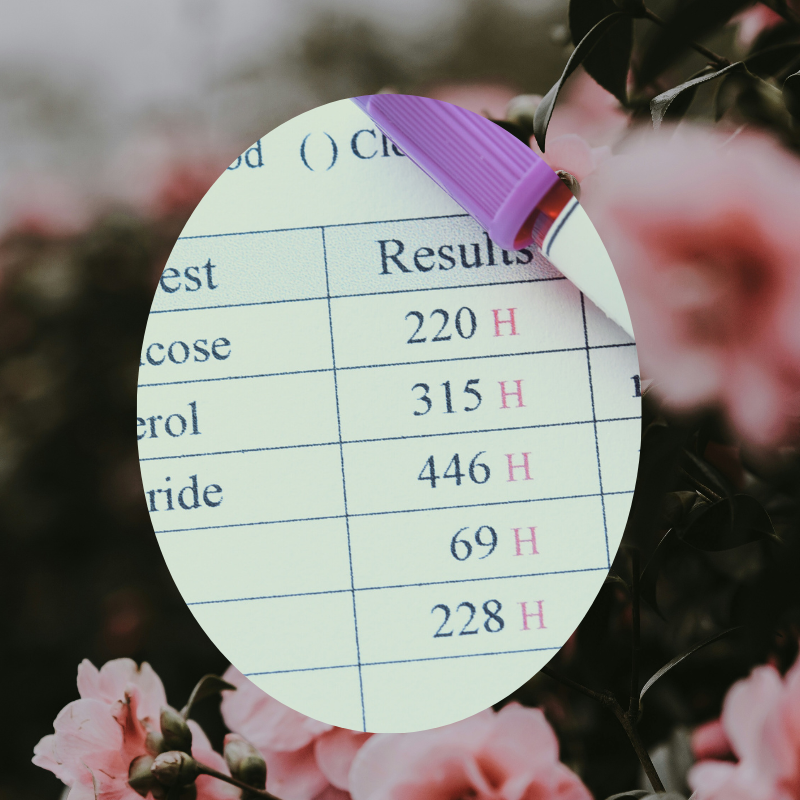Medicinal Uses of Lady’s Mantle
Lady’s mantle is a traditional Western herb that has many medicinal uses particularly for female reproductive issues including strenghtening the uterus post-partum and relieving heavy menses.
It could be a great ally to many women, however, it is important to remember that it is not exclusively a female remedy and its astringent actions can be used like yarrow for diarrhoea, in hernias, cuts or wounds.
History and folklore
Lady’s mantle leaves are said to resemble the Virgin Mary’s cloak and it also has an affinity for the female reproductive tract so it is aptly named.
The Latin name Alchemilla is a derivative of the Arab word Alkemelych, which means alchemy, and was named for the plant’s magical powers (Grieve, 1973). Alchemists at one time made use of the dew droplets that collect in the plant’s leaves for preparing elixirs (Holmes, 2006).
In Germanic tradition, Lady’s Mantle is an herb of Freya, used in fertility magic and for protection. (Wood, 1997)I. t is also associated with Fairy lore – it is said that the Fairies too (as well as alchemists) appreciate the sacred dew, which they collect and drink as a magical elixir. This dew can be used to cleanse the third eye to perceive visions and other dimensions.
Main therapeutic uses of lady’s mantle
Lady’s mantle astringent action is due to its high tannin content and is used to allay excessive menstruation but the astringency also has actions for wound healing and digestionparticularly diarrhoea and ulceration. (Bartram, 1998).
It has been used as a uterine stimulant but perhaps is best for used for toning the uterus after childbirth. (Wood, 1997). It can be used to relieve period pains and to regulate periods, and was a traditional remedy for inducing sleep. It is also high in salicylic acid reduces inflammation in the digestive and reproductive systems.
Lady’s mantle can be used externally for vaginal discharge, irritation and infection. It also makes a good skin lotion for rashes such as eczema, cuts and wounds, sores and insect bites (McIntyre, 1994, p. 110). It can be used as a mouthwash for bleeding gums, mouth ulcers and sore throats. This has been evidenced in the below study where topical application of 3% extract in glycerine (Aptarine) to minor mouth ulcers relieved discomfort and produced complete healing in the majority of patients (60.4%) within 2 days and in 75% within 3 days. (Shrivastava & John, 2006).
Monograph for Lady’s mantle
Latin name:Alchemilla vulgaris, Alchemilla mollis (identical to vulgaris but generally has larger leaves and so used interchangeably)
Common names:Lady’s mantle, lion’s foot, bear’s foot, nine hooks, great sanicle
Plant family:Rosaceae
Parts used: The leaves and flowering shoots collected between mid-summer and late summer when in flower. (Hoffman, 1996)
Habitat:Lady’s mantle is found throughout Britain and Europe. Predominantly found in pastures, banks, mountain slopes, roadsides and wood sides, it is also grown as an ornamental garden plant across the world.
Botanical Characteristics
Lady’s mantle grows to around a foot high, it largely green until it flowers around June to August a yellow inflorescence. It is a perennial and the plant is entirely covered with soft hairs. The lower, radical leaves are 6 to 8 inches in diameter kidney-shaped in general outline, ‘with their margins cut into seven or mostly nine broad, but shallow lobes, finely toothed at the edges from which it has obtained one of its local names ‘Nine Hooks’. The upper leaves are similar and either stalkless, or on quite short footstalks and are all actually notched and toothed. A noticeable feature is the leaf-like stipules, also toothed, which embrace the stem.’ (Gökçe, Selen, & Müberra, 2018)
Herbal actions
Lady’s mantle has numerous actions such as: astringent, diuretic, anti-inflammatory, antispasmodic, emmenagogue, vulnerary, anti-inflammatory (Grieve, 1973)and it’s energetics are bitter, cold, dry (Holmes, 2006).
Dosage ranges
- 2-4ml tincture 3 times a day
- 2-4g thrice daily
- Vaginal douche: 60 grams in 1 litre of boiling water. Infuse 30 minutes. Inject warm for leucorrhoea, candida, inflammation; or as a lotion for pruritus.
- Decoction (roots) offer a powerful deterrent to passive. bleeding. (Bartram, 1998)
Safety issues
There are no known safety issues but it is recommended to avoid during pregnancy. As an energetically cold, astringent plant it is also contraindicated for cold spleen conditions. (Holmes, 2006)
Ecological and conservation issues
A paper published in 2009 stated that five Alchemilla species should be considered threated and in urgent need of conservation action. A survey conducted since early 1950’s showed a loss in species ranging from 20-100% in locations in Teasdale and Weardale. They posit this is due to loss of meadows, intensive farm management and increase in motorised traffic. (Bradshaw, 2009) Fortunately, Lady’s mantle is easy to grow domestically so one would advise cultivating the plant over foraging.
Bibliography
Bartram, T. (1998). Bartram’s Encyclopedia of Herbal Medicine.London: Constable & Robinson.
Bradshaw, M. (2009). The decline of Lady’s mantles (Alchemilla vulgaris L. agg.) and other hay-meadow species in Northern England since the 1950s. Watsonia(27), 315-321.
Culpeper, N. (1645). The Complete Herbal(Reprint 1995 ed.). Ware: Wordsworth Reference.
Gökçe, Ş. K., Selen, İ., & Müberra, K. (2018). Antiradical, antimicrobial and cytotoxic activity evaluations of Alchemilla mollis (Buser) Rothm. International Journal of Herbal Medicine , 6(2): 33-38.
Grieve, M. (1973). A Modern Herbal.West Molesey, Surrey: Merchant Book Company.
Hallmann, C. A., Sorg, M., Jongejans, E., Siepel, H., Hofland, N., Schwan, H., . . . de Kroon, H. (2017, October 18). More than 75 percent decline over 27 years in total flying insect biomass in protected areas. PLoS ONE , 12(10).
Hoffman, D. (1996). The Complete Illustrated Holistic Herbal.Shaftesbury: Element Books Limited.
Holmes, P. (2006). The Energetics of Western Herbs(Vol. 2). (F. Edition, Ed.) Boulder, Colorado: Snow Lotus Press Inc.
Jonadet, M., Meunier, M., Villie, F., Bastide, J., & Lamaison, J. (1989, Jan). [Flavonoids extracted from Ribes nigrum L. and Alchemilla vulgaris L.: 1. In vitro inhibitory activities on elastase, trypsin and chymotrypsin. 2. Angioprotective activities compared in vivo]. J Pharmacol, Jan-Mar; 17 (1): 21-7.
McIntyre, A. (1994). The Complete Woman’s Herbal.New York City: Henry Holt.
Ozbek, H., Acikara, O., Keskin, I., Kirmizi, N., Ozbilgin, S., Oz, B., . . . Saltan, G. (2017). Evaluation of hepatoprotective and antidiabetic activity of Alchemilla mollis. Biomed Pharmacother., Feb; 86: 172-176.
Plonikov, M., Aliev, O., Andreeva, V., Vasil’ev, A., & Kalinkina, G. (2006). Effect of Alchemilla vulgaris extract on the structure and function of erythrocyte membranes during experimental arterial hypertension. Bull Exp Biol Med., 708-11.
Shrivastava, R., & John, G. (2006). Treatment of Aphthous Stomatitis with topical Alchemilla vulgaris in glycerine. Clin Drug Investig, 25 (10): 567-73.
Wood, M. (1997). The Book of Herbal Wisdom: Using Plants as Medicines.Berkeley: North Atlantic Books.
IF YOU LIKED THIS POST you might love these
What is Family Tree Therapy?
26 May 2023
Unlocking the Secrets of Illness with Recall Healing
26 April 2023
Meet Alexandra
13 April 2023
Functional Diagnostic Testing
22 September 2022






